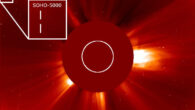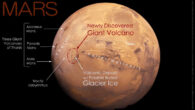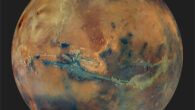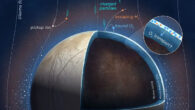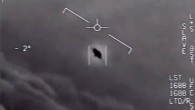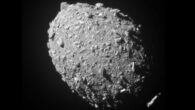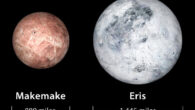In December 2023 and February 2024, NASA’s Juno spacecraft made extremely close flybys of Jupiter’s volcanic moon Io, getting within about 1,500 km (930 miles) of the surface and obtaining the first close-up images of the moon’s northern latitudes. Planetary scientists have now transformed the images collected during the flybys into animations that highlight two of Io’s most dramatic features: a mountain and an almost glass-smooth lake of...





